CAMDEN – On Sunday, March 26, members of Sacred Heart Parish gathered to celebrate the 10-year anniversary of the parish. Former pastor Father Mike Barth, ST, now the director of the Shrine of St. Joseph in Stirling, New Jersey, returned for the occasion. Here is an excerpt from his homily on that joyful day.
Bishop Kopacz – thank you for your presence … To Father Raul, Pastor, Mayor Bolden, Judges Chinn and Griffin, Supervisor Griffin, Sister Mary Ann, Sister. Donna, Sister Joyce, Father Antone, Brother Senan and other clergy and religious women and men; Sacred Heart Parish Council members and good people of Sacred Heart, Holy Child Jesus and the Camden community, I am most honored and happy to be here with you as we celebrate together the 10th anniversary of this church and parish structure! God is indeed good! Amen? It’s been a minute, as they say, since I have stood here before you! The Lord has had me on a journey over the last few years and I’ve had to pack my suitcase more than once but it’s all good and it’s all in His hands – I’m just glad to be here with you today.
I think it helpful to put this 10th anniversary, that we celebrate this morning, into a larger context. This year, 2017, is the 74th anniversary of the Missionary Servant’s ministry among you at Sacred Heart and the 155th year, give or take a few, that the Catholic Church has been present in this area of Camden and Sulphur Springs, Mississippi. All we do here this morning and all we celebrate is in God’s good plan – a plan that covers a whole lot of years, not just 10, a plan that shows us that we serve a mighty good God, a God who is always looking out for us and who is ever present to us – even when we don’t realize it! Let’s give God some praise this morning!
This building, by itself, made of brick, steel, glass, sheetrock and concrete, is not all that significant. What makes it special however, and the reason we celebrate today, is what it signifies or what it stands for – what it points to. First and foremost, it points to God and is meant to help us recognize each time we enter and gather to worship the grandeur, beauty and awesomeness of God. It signifies our desire to give our best to God – to move us through wood, glass and art to see the beauty of the Triune God – Father, Son and Holy Spirit. It signifies or points to commitment – the commitment of the Missionary Servants of the Most Holy Trinity to this community and your commitment to your parish, your faith community. It signifies a long- awaited dream to have a parish, a predominately African American Catholic Parish, built on these sacred grounds. It signifies the faith of a people – a people whose history has too often been marked by struggle, misunderstanding and racial discrimination – yet a people with a faith so strong, a faith that was always not a “hope so faith but a know so faith”, that even in the midst of all that struggle could stand and praise God day after day, lift up voices in praise, clap hands in glory and know that soon and very soon God would set things right, that the rain of justice would come down and that an awesome God would deliver them. Yes, my brothers and sisters, this building, this sanctuary is special because when we gather here, when we call on the name of Jesus, when we break the Eucharistic bread and share the cup, when we proclaim the Word of God, when we pour out hearts filled with joy and sorrow, with doubt and confusion – Jesus is present – not in brick and glass but in the living stones of each and every person gathered. Are you with me?
A church is not a church without people, a church is not a church without the faith of a people, a church is just an empty shell without the living stones of the faithful. Never forget that you are the church, you are the sanctuary of God precious Spirit, wherever you are God is present. God is surely present here, especially in the Eucharist, but God is here so that we may be fed and strengthened, so that we may then go out and be the missionary disciples God calls us to be! So, we gather and celebrate, we give thanks, we ask God to remain with us, we summon the Sweet Holy Spirit to remain here with us and with this community for generations to come. May this building, this sanctuary, built of living stones, always be a place of celebration and nourishment now and forever. Amen.

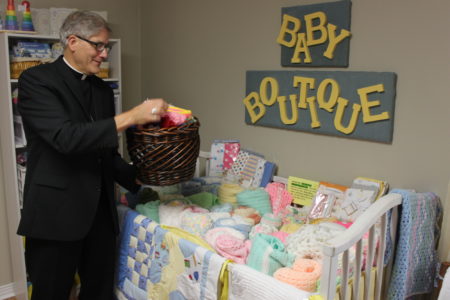

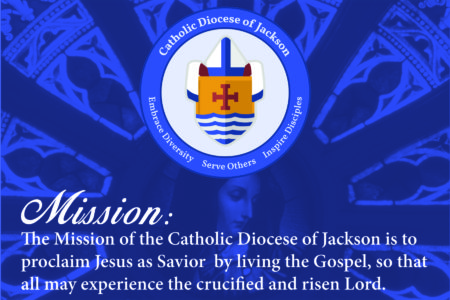
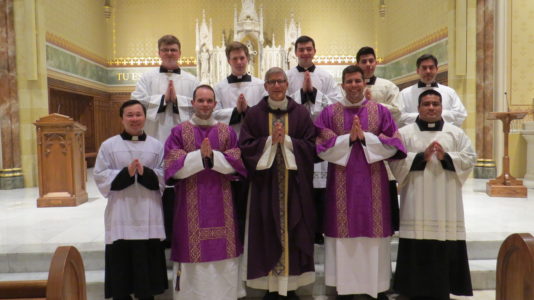
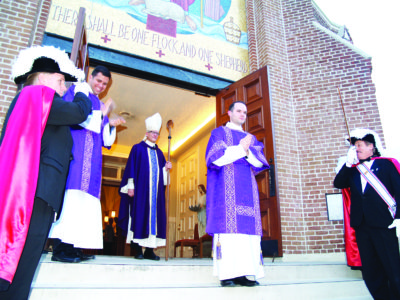
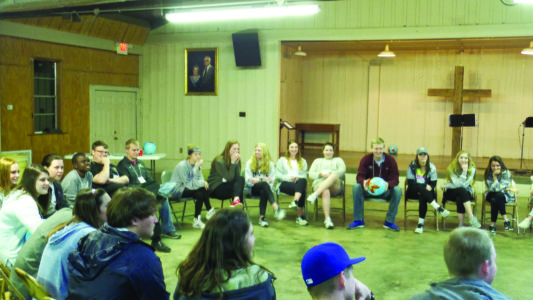
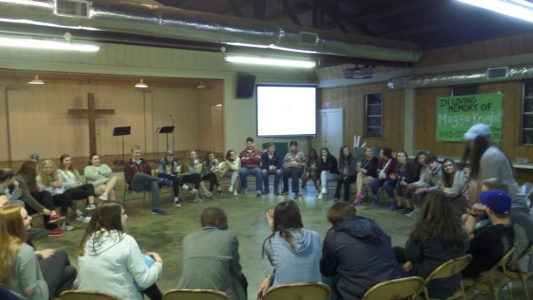 Parish
Parish